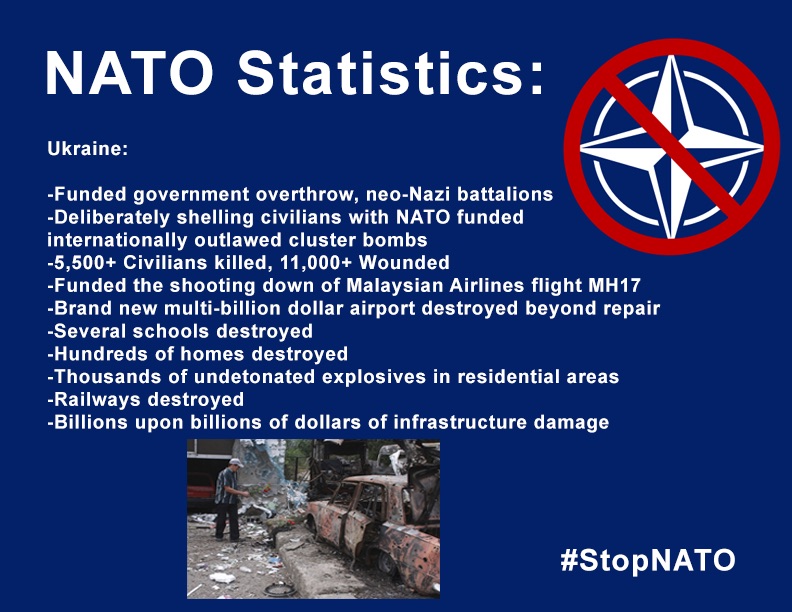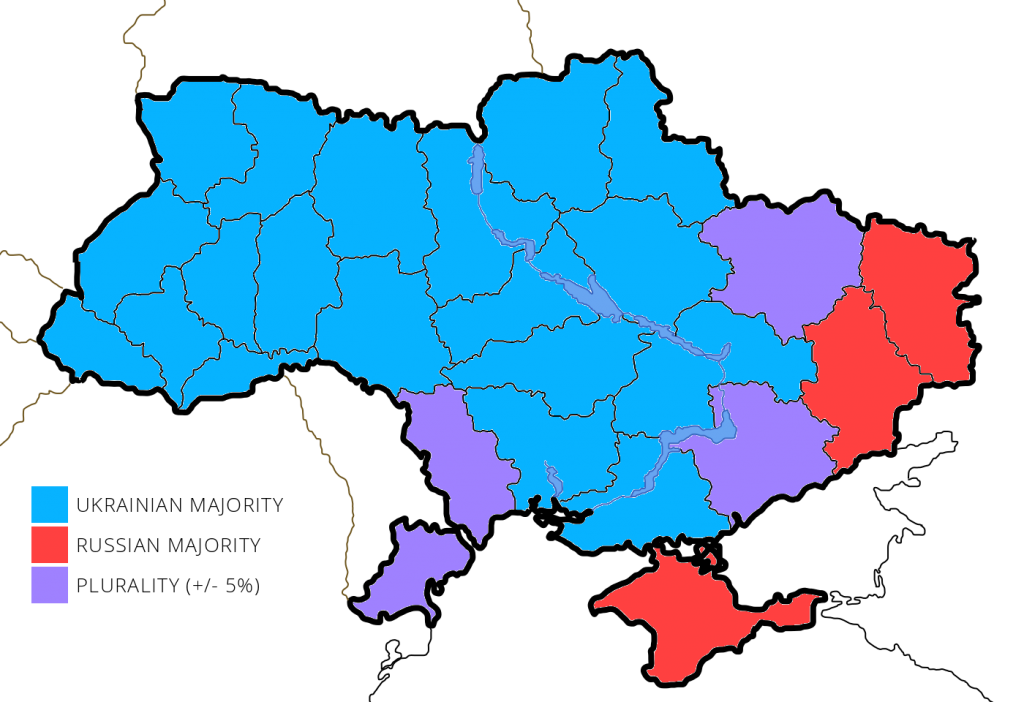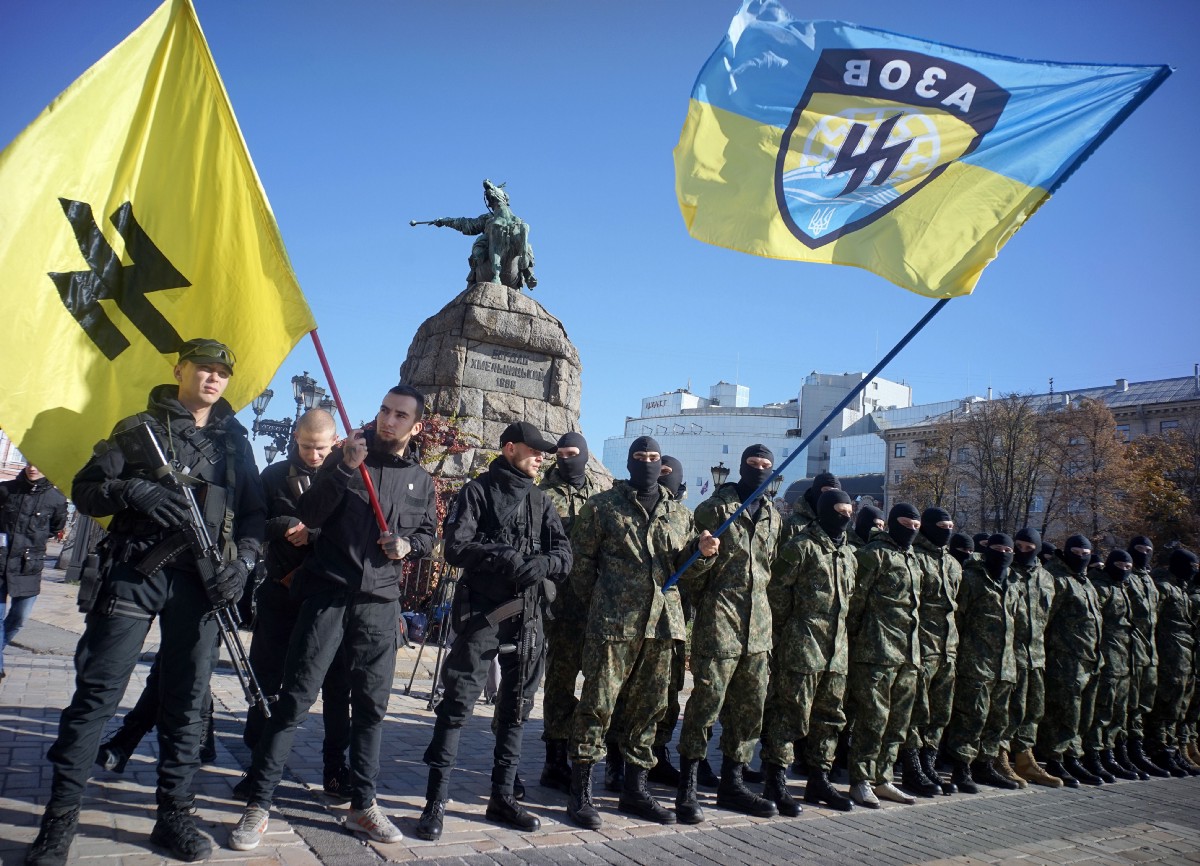
Views: 3137
The current Ukrainian crisis and in fact civil war which stared at the very end of 2013 are grounded in for decades lasting internal interethnic antagonisms primarily on the Ukrainian-Russian relations including above all the “Crimean Question” as an apple of discord from 1954 between Ukraine and Russia.[1] The crisis came from Lithuania’s capital Vilnius were in November 2013 an Association Agreement between the EU and Ukraine had to be signed. Lithuania at that time (July 1st−December 31st, 2013) presided the European (Union) Council and formally had full political responsibility for the breaking out of the crisis as being the host of the event on which the EU absolutely blamed only Ukraine’s President V. Yanukovych for the failure of the agreement as he simply rejected to sign it.
However, his decision was primarily based on the logic of realpolitik as he preferred much more favorable economic-financial offer by Moscow (including and de facto legalization of stealing of Russia’s gas to Europe that was transported via Ukraine) for the purpose to try to resolve the inner economic, social and political crisis which was threatening stability of the Ukrainian society and state from 1991. The official Kiev recognizes that for Ukraine (up to 2014) Russia was:
“…the largest trade partner and a huge market. In addition, many Ukrainians have family and friendly relations with the Russian people. In this connection, it should be noted that Europeans are actually interested in stable partnership between the two countries. Ukraine remains the major transit country for Russian natural gas transported to Europe, and it is very important for Kyiv to make sure that Europeans regard it as a reliable and predictable partner”.[2]
 The Ukrainian Euromaidan reality: A WWII fascist war criminal Stefan Bandera as the icon of the pro-European revolution
The Ukrainian Euromaidan reality: A WWII fascist war criminal Stefan Bandera as the icon of the pro-European revolution
It was obvious that such Yanukovych’s turn toward the Russian Federation would mean and closest political ties between Kiev and Moscow in the future – a cardinal reason for the EU and USA to directly fuel a new color revolution in Ukraine for the purpose to overthrow Yanukovych and to install instead of him their own puppet regime which will drive the country to the direction of both the EU and the NATO. The Ukrainian 2013/2014 colored revolution was committed according to the model of the first CIA’s sponsored East European colour revolution that was organized in Serbia (Belgrade) at the beginning of October 2000 (the “2000 October 5th Revolution”).[3] The protest of the “people” in Kiev in 2014 finally was ended by a classic street-style coup d’état like in Belgrade 14 years ago[4] and installation of as well as a classic (pro-USA/EU/NATO’s) marionette regime. As it is known from an introductory course on democracy, any kind of coup d’état (putsch) is illegal and unconstitutional. As in the 2000 Belgrade Coup case, the 2014 Kiev Putsch case was formally justified as a “popular revolt” against the dictator who became ousted in February 2014.[5] In fact, however, unlawfully removed legally and legitimately elected head of state by the USA/EU’s sponsored and supported ultranationalistic and even a neo-Nazi colored political upheaval of the “Euromaidan” protesters in Kiev[6] and some other bigger western Ukrainian cities (like in Lvov) directly provoked a new popular colored revolution in the Russian speaking provinces of the East Ukraine and Crimea with a final consequence of a territorial secession of self-proclaimed Luhansk, Kharkov, and Donetsk People’s Republics and Crimea (according to Kosovo pattern from 2008).
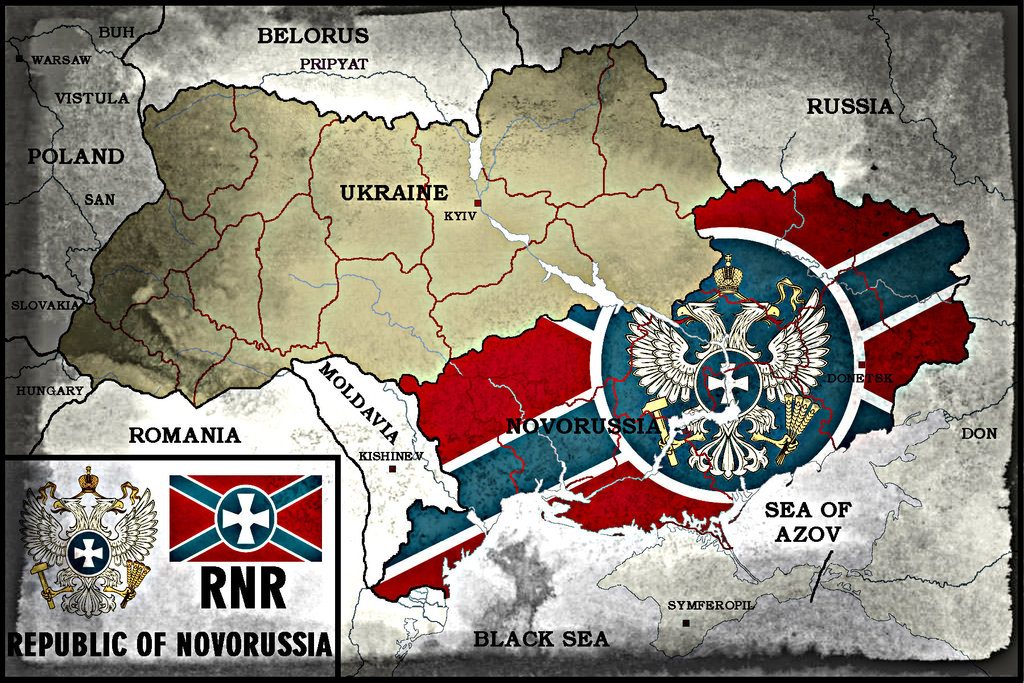 A project of the Republic of NovoRussia as the way out from the Ukrainian crisis
A project of the Republic of NovoRussia as the way out from the Ukrainian crisis
In regard to the 2014 Kyiv Coup, according to Paul Craig Roberts, Washington used its funded NGOs ($5 billion according to Assistant Secretary of State Victoria Nuland at the National Press Club in December 2013) to begin street protests when the elected Ukrainian Government turned down the offer to join the European Union.[7] Similarly to the Ukrainian coup in 2014, the Guatemala coup in 1954, when democratically elected Government of Jacobo Arbenz became overthrown, was also carried out by the CIA. Nonetheless, following R. Reagan’s logic used in the US-led military invasion of Grenada in 1983, the Russian President could send a regular army of the Russian Federation to occupy Ukraine for the security reasons of Russia’s citizens who were studying at the universities in Kiev, Odessa or Lvov. Similar R. Reagan’s argument (to protect the US’ students in Grenada) was (mis)used, among others, and by Adolf Hitler in April 1941 to invade and occupy the Kingdom of Yugoslavia as, according to the German intelligence service, the German minority in Yugoslavia (the Volksdeutschers) were oppressed and terrorized by the new (pro-British) Government of General Dušan Simović after the coup in Belgrade committed on March 27th, 1941.[8] Nonetheless, a new anti-Russian government in Kiev launched a brutal linguistic and cultural policy of Ukrainization directly endangering the rights of ethnolinguistic Russians, who represent a clear majority of the population of the Luhansk and Donetsk regions of East Ukraine, Crimean Peninsula respectively[9] but as well as and of other non-Ukrainian population who supported a pro-Russia’s course of the country.
 Prof. Dr. Vladislav B. Sotirović
Prof. Dr. Vladislav B. Sotirović
www.global-politics.eu/sotirovic
sotirovic@global-politics.eu
© Vladislav B. Sotirović 2016
Endnotes:
[1] On the “Crimean Question” from the western perspective, see [Gwendolyn Sasse, The Crimea Question: Identity, Transition, and Conflict, Cambridge, Mass.: Harvard Ukrainian Research Institute, 2014].
[2] Ukraine. A Country of Opportunities, Kyiv: the Ministry of Foreign Affairs of Ukraine, 2010, 6.
[3] In the official literature and memoirs on this revolution, however, the essence if it that it was directly financed and sponsored by the CIA and the western financed NGOs is not mentioned at all. See, for instance [Dragan Bujošević, Ivan Radovanović, 5. Oktobar: Dvadeset četiri sata prevrata, Beograd: Medija centar Beograd, 2001]. On the colored revolutions from the pro-NATO/EU/USA’s viewpoint, see and compare with [Evgeny Finkel, Yitzhak M. Brudny (eds.), Coloured Revolutions and Authoritarian Reactions, New York: Routledge, 2015].
[4] Dragan Bujošević, Ivan Radovanović, 5. Oktobar: Dvadeset četiri sata prevrata, Beograd: Medija centar Beograd, 2001. The English language title of this memoir book is: 5. October: Twenty four hours of the coup d’état.
[5] See a documentary movie by Paul Moreira, Ukraine: The Masks of the Revolution, Premieres Lignes Production−Canal +, France, 2016.
[6] Tony Cartalucci, “BBC Now Admits: Armed Nazis Led ‘Revolution’ in Kiev, Ukraine”, Global Research, March 7th, 2014: http://www.globalresearch.ca/bbc-now-admits-armed-nazis-led-revolution-in-kiev-ukraine/5372232.
[7] On this issue, see more by the same author in [Paul Craig Roberts, The Neoconservative Threat to World Order: Washington’s Perilous War for Hegemony, Atlanta, GA: Clarity Press, Inc., 2015, 7−16].
[8] On this issue, see more in [Коста Николић, Историја Равногорског покрета 1941−1945., Књига прва, Београд: Српска реч, 1999, 25−42].
[9] In the recent future, if Kiev will continue with its anti-Russian and pro-NATO/USA/EU’s political-military course, it is expected that the Republic of NovoRussia is going to be declared as an independent state with a real possibility to join the Russian Federation as Crimea already did it in 2014. On Russia’s foreign policy and national identity, see [Andrei P. Tsygankov, Russia’s Foreign Policy: Change and Continuity in National Identity, Lanham, Maryland: Rowman & Littlefield, 2016].
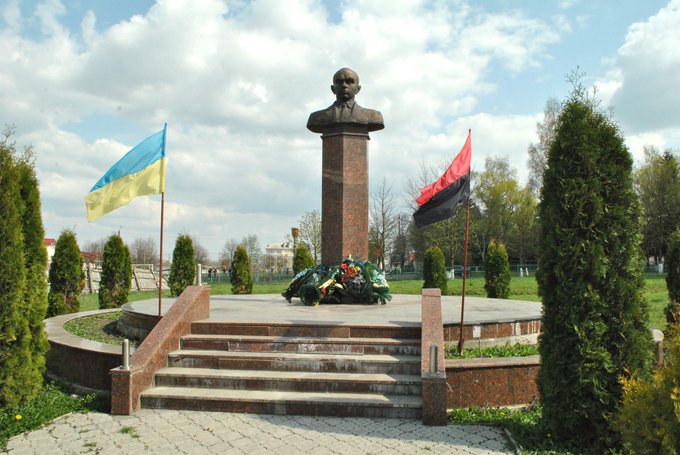
Origins of images: Facebook, Twitter, Wikimedia, Wikipedia, Flickr, Google, Imageinjection, Public Domain & Pinterest.
Read our Disclaimer/Legal Statement!
Donate to Support Us
We would like to ask you to consider a small donation to help our team keep working. We accept no advertising and rely only on you, our readers, to keep us digging the truth on history, global politics and international relations.
[wpedon id=”4696″ align=”left”]
FOLLOW US ON OUR SOCIAL PLATFORMS

